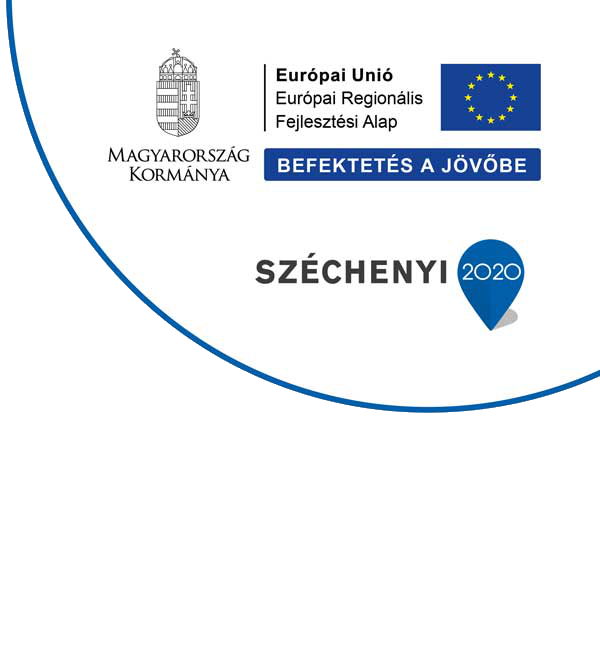The first results of the joint project of the University of Pécs and the E-Group, a research examining the prediction of migraine attacks, have arrived.
Why is migraine research important? At the society level, it is a significant worldwide problem: at least 10% of the world’s population suffers from the disease, and this figure exceeds 15% in Europe. 90% of migraine sufferers are unable to work during their attacks and, for example, in the UK, they are unable to work for an average of 5.7 days due to the pain, which means a total of 25 million missed days annually. Converted to Hungarian conditions, this is 3.8 million days and around 165 million in the entire EU.
Migraine has been a concern of scientists and doctors since ancient times, Hippocrates was one of the first to describe the symptoms of migraine. The characteristic of the disease, which mostly involves one-sided headache attacks, is that many patients report significant mood changes on the day or days before the attack, which can be drowsiness and fatigue as well as elation or euphoria. These signs have confirmed to migraine doctors and researchers that it is possible to predict patients’ attacks. The more we know about the regularity, recurrence, and constant signs of seizures, the easier it is to choose the right medications.
To predict seizures, individual patient data is required, such as when the attacks occur, what exactly happens, what the circumstances were like (environmental influences, food, etc.), therefore, the patients keep a so-called headache diary. It can only record the various events at the level of the individual – attack duration, severity, location of the headache etc. – but it is very difficult to combine it with health data from diverse instruments, since the constant measurement of patients is usually not solved and even if there is a limited possibility, the remote monitoring of patients requires a lot of resources.
The joint project with University of Pécs examines the entire vertical of migraine attack with the help of instrumental measurements, manual and digital headache diary, and the recording of affecting factors. The ultimate goal of the project is to create migraine patterns based on the collected data streams and identify biomarkers for better prediction of migraine attacks. In addition to the continuous measurement and processing of the sensory data of 100 migraine patients, an important part of the research is the regular, scheduled phone interviews with patients. E-Group’s Digital assistant product, XANTA is an NLP (natural language conversation engine) based platform controlled by artificial intelligence, which addresses questions: inquiries about the time and duration of the last attack, filling in the headache diary, etc. The language used is Hungarian, but XANTA can also interact in English if appropriate. It stores the received data, arranges it in tables, and forwards it to the research team and the attending physician in the form of various visualizations.
XANTA is an essential virtual assistant, which organizes the entire process of the patient call, from the scheduling of the call to the interview, capturing the relevant data and creating various reports.
During the research, more than 400 calls were made, of which 85% were completed entirely by XANTA. In the case of the remaining 15% of the calls a personal intervention was necessary, because in most cases technical assistance was required about the sensor ECG devices (battery replacement, other device problems). The calls were made from early morning to late evening, so the limits set by working hours were not an obstacle. So it can be said that the human time investment was reduced by roughly 95% and thanks to the automatic data recording and processing, the data proved to be more reliable.
In addition to migraine prediction, XANTA can be used in countless other areas, from direct medical fields to geriatric care, such as the detection of falls in elderly people. A wearable sensor signals to XANTA if the patient falls and remains on the ground for a longer period of time. XANTA initiates an immediate call with the patient, and based on the answers or the lack of answers, notifies the emergency services and the contact person.
In the case of global pandemics, such as the COVID, XANTA operates as an information service and answering to FAQ-type questions about symptoms, actions, and regulations, and have a monitoring role: in the case of certain answers to directed questions, it notifies the family doctor or the health service.
The software can be used in a variety of ways of telemonitoring, for example during rehabilitation or drug research. AI free up medical staff time from routine operations such as consent forms and filling out various questionnaires, thereby significantly reducing the time required to complete the case report form. XANTA can conduct interviews that ask precisely about various side effects, patient satisfaction and the patient’s health status, which also play an important role in drug research.
XANTA is significant primarily in its dual function: on the one hand, it provides a daily service to individual patients that replaces and relieves the burden on the medical staff, and on the other hand, by processing the collected data, it offers usable analyzes for the entire specialty and healthcare as a whole.
XANTA’s main purpose is to take away some of the repetitive, simple tasks of human workforce; bots are not about to replace people — they are about to make their work easier and more efficient. Better for us.


